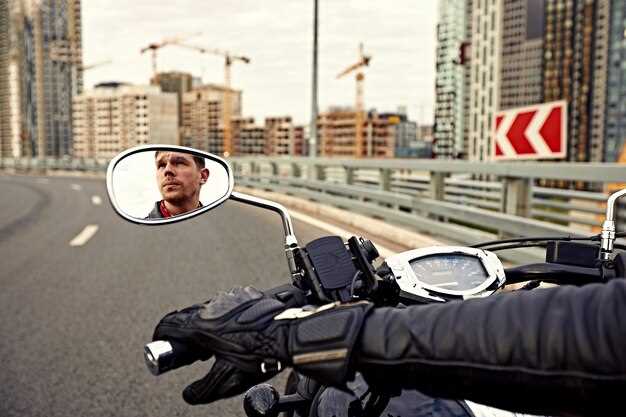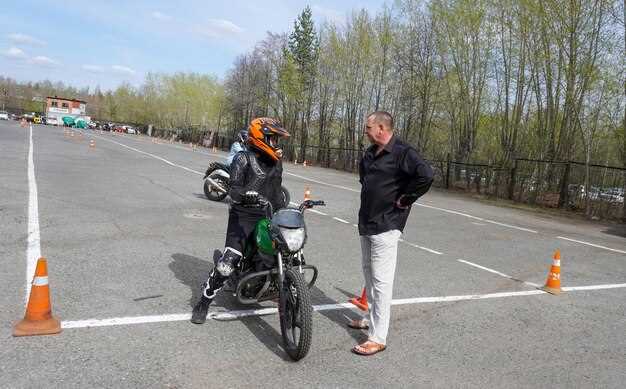

Riding a motorcycle offers a unique sense of freedom and adventure, but it also comes with its own set of challenges. Understanding road hazards is crucial for every motorcyclist to stay safe and enjoy their journey. Whether you’re a seasoned rider or a beginner, being aware of potential dangers and preparing accordingly can make a significant difference in your riding experience.
From potholes and debris to adverse weather conditions, various factors can pose risks to motorcyclists. Each road presents its unique challenges, and it is essential to recognize these hazards to minimize the chances of accidents. Implementing effective tips for navigating these dangers can vastly enhance your safety on two wheels.
This article will explore common motorcycle road hazards and provide practical safety tips. By equipping yourself with knowledge and skills, you can ride confidently and responsibly, ensuring that every trip remains both enjoyable and safe. Familiarize yourself with these key considerations to protect yourself and others as you hit the road.
Identifying Common Road Hazards for Motorcyclists
Motorcyclists face a unique set of challenges that require constant vigilance. Identifying common road hazards is crucial for ensuring safety on the bike. One of the most frequent hazards is poor road conditions. Potholes, gravel, and debris can cause loss of control, especially in wet conditions. Riders should always be on the lookout for these potential dangers and navigate accordingly.
Weather conditions are another significant hazard. Rain can create slippery surfaces, while strong winds can affect balance. Motorcyclists should adjust their riding strategies based on weather changes, including reducing speed and increasing following distances.
Other vehicles pose considerable risks, particularly at intersections. Drivers may not see motorcyclists due to their smaller size. It is essential for riders to anticipate the actions of other road users, maintaining defensive riding techniques to avoid accidents.
Night riding presents its own set of hazards. Reduced visibility can lead to difficulties in spotting obstacles or assessing distance. Motorcyclists should ensure their lighting is functional and consider wearing reflective gear to increase visibility.
Lastly, road markings, metal plates, and railroad tracks can be slippery or misleading for motorcyclists. Understanding how to navigate these elements safely is vital. By staying aware of these common hazards, motorcyclists can implement safety tips that minimize risks and enhance their riding experience.
Essential Riding Techniques to Avoid Accidents

Riding a motorcycle involves inherent risks, especially when navigating road hazards. Understanding essential riding techniques can dramatically enhance your safety on the road. First, maintain a safe following distance from other vehicles. This space allows for adequate reaction time if a hazard appears suddenly, such as debris or a vehicle stopping unexpectedly.
Next, anticipate road conditions and adapt your riding style accordingly. Wet roads, gravel, or potholes can significantly affect traction. Always approach turns and intersections with caution, reducing your speed in advance. This ensures that you maintain control while also giving you time to react to unexpected obstacles.
Additionally, utilize proper body positioning. Leaning into turns, and keeping your body aligned with the motorcycle helps maintain stability. Your feet should be ready to shift between the footpegs and the ground, enhancing balance, especially when stopping or maneuvering through difficult situations.
Moreover, practicing effective use of brakes is critical. Familiarize yourself with both the front and rear brakes, as they work together to slow down efficiently. Apply them smoothly to avoid skidding, especially on slippery surfaces. Learning to downshift can also assist in deceleration while maintaining control.
Lastly, stay vigilant and continuously scan your surroundings. Look for potential hazards such as other vehicles changing lanes, pedestrians, or animals entering the road. Keeping your head on a swivel will allow you to react swiftly and minimize the risk of accidents.
Maintenance Tips for Enhanced Motorcycle Safety

Regular maintenance is crucial for ensuring your motorcycle can handle various road hazards. A well-maintained bike significantly reduces the risk of mechanical failures that could lead to accidents. Here are some essential maintenance tips to enhance your safety on the road.
First, check your tires frequently. Ensure they are properly inflated according to the manufacturer’s specifications. Inspect the tread depth for adequate grip and replace tires that show signs of excessive wear. Poor tire condition can lead to loss of traction, especially on wet or uneven surfaces.
Next, pay attention to your brakes. Test both front and rear brakes to ensure they respond effectively. Inspect brake pads for wear and replace them if they are thin. Brake fluid should also be checked and replaced according to the service schedule. Reliable braking is vital for avoiding potential hazards on the road.
Regularly inspect your motorcycle’s lights and signals. Ensure all headlights, taillights, and turn signals are functioning correctly. Visibility is essential for safety, making it crucial that other road users can see your intentions clearly, especially in low-light conditions.
Additionally, keep your chain or belt properly lubricated and tensioned. A loose or dry chain can lead to poor handling and unexpected breakdowns. Regular maintenance not only enhances your bike’s performance but also increases your safety on the road.
Don’t forget to check fluid levels, including engine oil, coolant, and brake fluid. Dirty or low fluids can lead to engine overheating or brake failure. Regular oil changes and fluid checks help maintain optimal bike performance and longevity.
Finally, always adhere to the manufacturer’s maintenance schedule. Follow recommended service intervals for major components like the engine and transmission. Keeping your motorcycle in top condition is an investment in your safety and riding experience.
